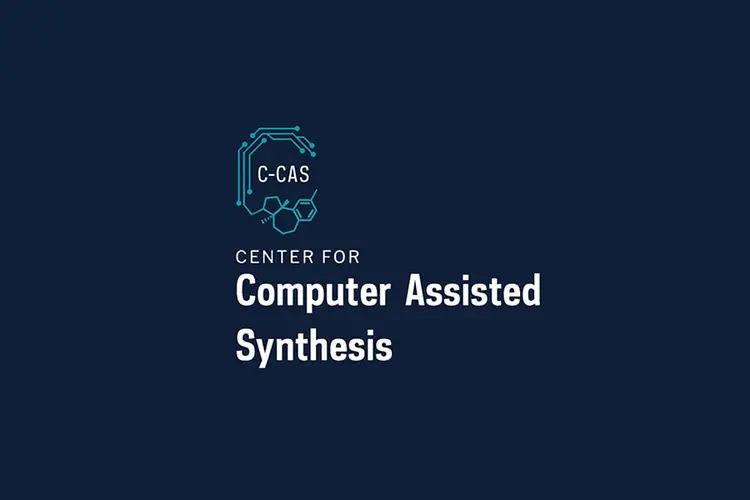
New Advancements in ATRP Could Lead to Smart RNA Biopolymers
Media Inquiries
Researchers in Carnegie Mellon University's Department of Chemistry(opens in new window) developed a novel approach for modifying synthetic and natural ribonucleic acid (RNA) substrates. The resulting materials could have applications for therapeutics such as smart gels to make transplanting organs safer.
Treatments using biopolymers are typically developed using proteins, said Subha R. Das(opens in new window), associate professor of chemistry and a member of the Carnegie Mellon's Center for Nucleic Acids Science and Technology(opens in new window), an interdisciplinary community of Carnegie Mellon and University of Pittsburgh scientists and engineers unified by interests in the chemistry, biology and physics of DNA, RNA and peptide nucleic acid.
With nucleic acids, the biopolymers are mostly used as a carrier, like a basket. While they hold the RNA, the biopolymers don't interact with them.
"Here, it's part of the same molecule, so the polymers enhance the nucleic acids and the hybrid can interact with other biological materials," Das said. "Now the material itself can be controlled — including how much this material is nucleic acid — which is totally new."
A new reagent developed by chemistry doctoral student Jaepil Jeong enables this direct functionalization of RNA with an atom transfer radical polymerization (ATRP) initiator. Jeong is co-advised by Das and Krzysztof Matyjaszewski(opens in new window), J.C. Warner University Professor of Natural Sciences.
Matyjaszewski is globally recognized for discovering and developing ATRP, a novel method of polymer synthesis that can be used to produce a wide range of polymers and hybrid materials with biomedical, environmental and energy-related applications.
"Jaepil developed an efficient approach to modify any RNA strands, including inexpensive 'biomass' RNA," Matyjaszewski said. "This technique could also be applied to the modification at specific positions of RNA. This approach opens new avenues to a variety of polymer- RNA chimeras."
Anna M. Kietrys(opens in new window), assistant professor of chemistry, said that the fusion of RNA and biopolymers can be considered from two distinct perspectives. RNA can be used as a structural backbone for polymers that could be applied in medical scenarios such as transplants, skin grafts or specialized infused "band-aids." She also said RNA was used in COVID-19 vaccines, and that it can serve as a potent therapeutic tool.
"Our next objective revolves around synthesizing biopolymers that can effectively release therapeutic RNA molecules and facilitate their targeted delivery," she said.
The advancement allows researchers to precisely graft polymer chains using photoinduced ATRP via green light irradiation. The method can create RNA bottle-brushes, hydrogels and stimuli-responsive smart materials from both post-synthetic and naturally derived RNA. Jeong served as first author on a paper in the Journal of the American Chemical Society(opens in new window) (JACS) describing the process.
"The reagent does not require the use of a synthesizer for the incorporation of a polymerization initiator. It also can be readily applicable to any RNA, even extracts from cells," Jeong said.
Along with Das, Matyjaszewski and Kietrys, additional authors on the JACS paper include Carnegie Mellon doctoral student Xiaolei Hu, researcher Hironobu Murata; and Grzegorz Szczepaniak and Marta Rachwalak, both at the University of Warsaw.
Funding for the research includes support from the National Science Foundation (DMR 2202747, KM; MRI 2117784), the Defense Threat Reduction Agency (HDTRA 1-20-1-0014, JJ) and the Polish National Agency for Academic Exchange (BPN/PPO/2022/1/00027, GS).


